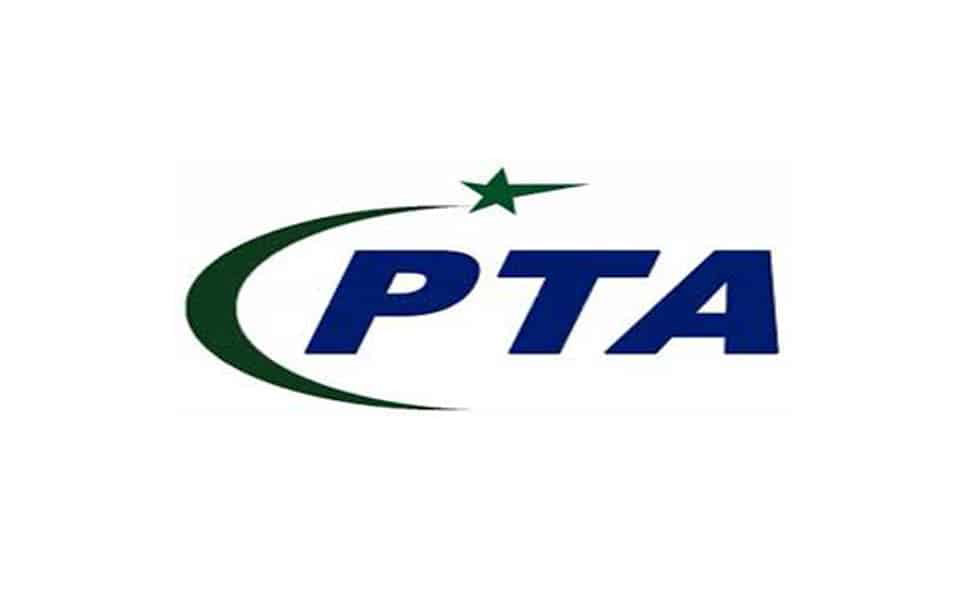Pakistan shows strong growth, reduces fiscal deficits, challenges include Debt Burden

By MG News | May 08, 2017 at 10:34 AM GMT+05:00
Singapore: Strong growth performance, fiscal deficit reduction and improved inflation dynamics underpin the Government of Pakistan's B3 rating with a stable outlook, says Moody's Investors Service.
At the same time, credit challenges include a relatively high general government debt burden, weak physical and social infrastructure, a fragile external payments position, and high political risk. In particular, the government's very narrow revenue base weighs on debt affordability.
Moody’s in statement said exports and remittance inflows have slowed and capital goods imports have risen, resulting in renewed pressure on the external account. Moody's conclusions are contained in its annual credit analysis of Pakistan, "Government of Pakistan -- B3 Stable".
The analytical factors that are used in its Sovereign Bond Rating Methodology are: economic strength, which is assessed as "moderate"; institutional strength "very low (+)"; fiscal strength "very low (-)"; and susceptibility to event risk "high".
Moody's notes that prospects for growth have improved following Pakistan's successful completion of its three-year Extended Fund Facility (EFF) program with the International Monetary Fund (IMF) in September 2016 and the launch of the China-Pakistan Economic Corridor (CPEC) project in 2015.
Moody's notes that the implementation of the CPEC project has the potential to transform the Pakistani economy by relieving infrastructure bottlenecks, and stimulating both foreign and domestic investment. However, headwinds to further fiscal consolidation and renewed pressure on the external account present downside risks to the rating.
"Since 2013, implementation of economic reforms and increased foreign investment flows have contributed to macroeconomic stability and higher GDP growth. However, government debt remains elevated and pressure on the external account continues. " said William Foster, a Vice President and Senior Credit Officer at Moody's.
The stable outlook represents balanced upside and downside risks to the sovereign credit profile. Support from multilateral and bilateral lenders has bolstered Pakistan's foreign currency reserves and fostered progress on economic reforms. Meanwhile, implementation of the CPEC project has the potential to transform the Pakistani economy by relieving infrastructure bottlenecks, and stimulating both foreign and domestic investment. However, headwinds to further fiscal consolidation and renewed pressure on the external account present downside risks to the rating.
Upward triggers to the rating would stem from sustained progress in structural reforms that would significantly reduce infrastructure impediments and supply¬side bottlenecks. This would improve Pakistan's investment environment and eventually aid a shift to a sustained higher growth trajectory. A fundamental strengthening in the external liquidity position and meaningful reduction in the government deficit and debt burden would also be credit positive. Conversely, Moody's would view a stalling of the government's post -IMF program economic reform agenda, material widening of the fiscal deficit, a deterioration in the external payments position, withdrawal of multilateral and bilateral support, or a more unstable political environment as credit negative
Related News
| Name | Price/Vol | %Chg/NChg |
|---|---|---|
| KSE100 | 131,949.07 198.95M |
0.97% 1262.41 |
| ALLSHR | 82,069.26 730.83M |
0.94% 764.01 |
| KSE30 | 40,387.76 80.88M |
1.11% 442.31 |
| KMI30 | 191,376.82 77.76M |
0.36% 678.77 |
| KMIALLSHR | 55,193.97 350.11M |
0.22% 119.82 |
| BKTi | 35,828.25 28.42M |
3.64% 1259.85 |
| OGTi | 28,446.34 6.84M |
-1.02% -293.01 |
| Symbol | Bid/Ask | High/Low |
|---|
| Name | Last | High/Low | Chg/%Chg |
|---|---|---|---|
| BITCOIN FUTURES | 108,125.00 | 110,525.00 107,865.00 |
-2290.00 -2.07% |
| BRENT CRUDE | 68.51 | 68.89 67.75 |
-0.29 -0.42% |
| RICHARDS BAY COAL MONTHLY | 97.50 | 0.00 0.00 |
0.75 0.78% |
| ROTTERDAM COAL MONTHLY | 106.00 | 106.00 105.85 |
-2.20 -2.03% |
| USD RBD PALM OLEIN | 998.50 | 998.50 998.50 |
0.00 0.00% |
| CRUDE OIL - WTI | 66.50 | 67.18 66.04 |
-0.50 -0.75% |
| SUGAR #11 WORLD | 16.37 | 16.40 15.44 |
0.79 5.07% |
Chart of the Day
Latest News
Top 5 things to watch in this week
Pakistan Stock Movers
| Name | Last | Chg/%Chg |
|---|
| Name | Last | Chg/%Chg |
|---|



 Central Government Debt
Central Government Debt
 CPI
CPI